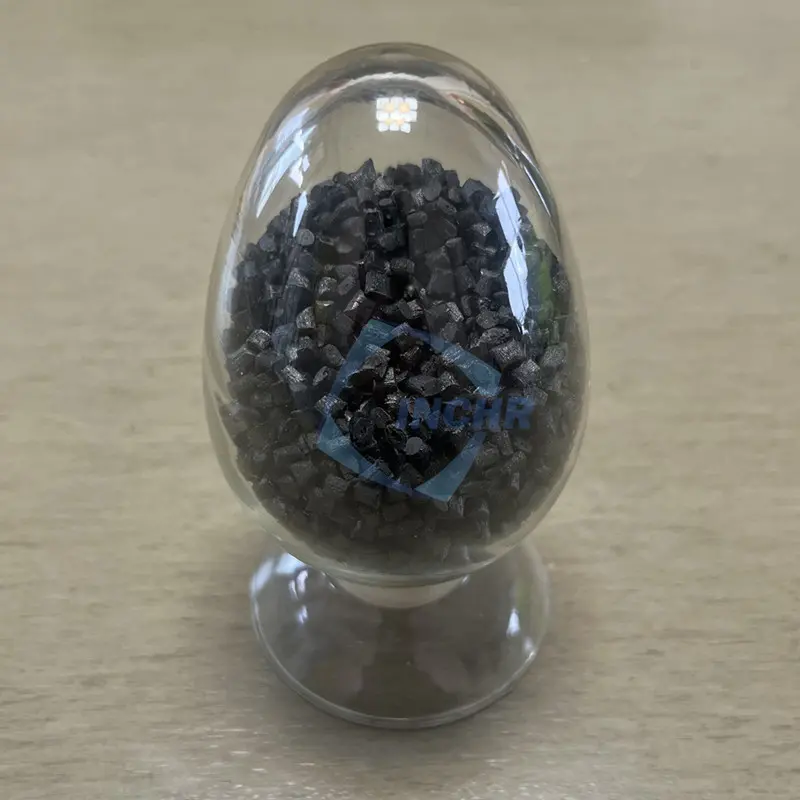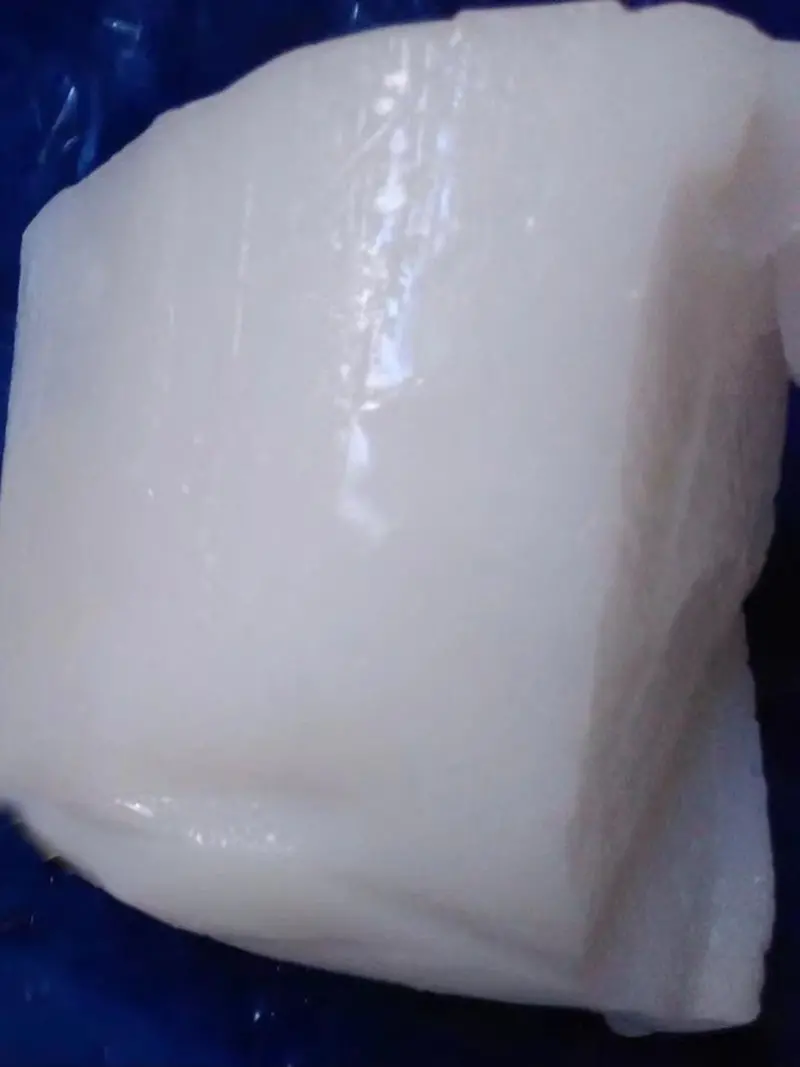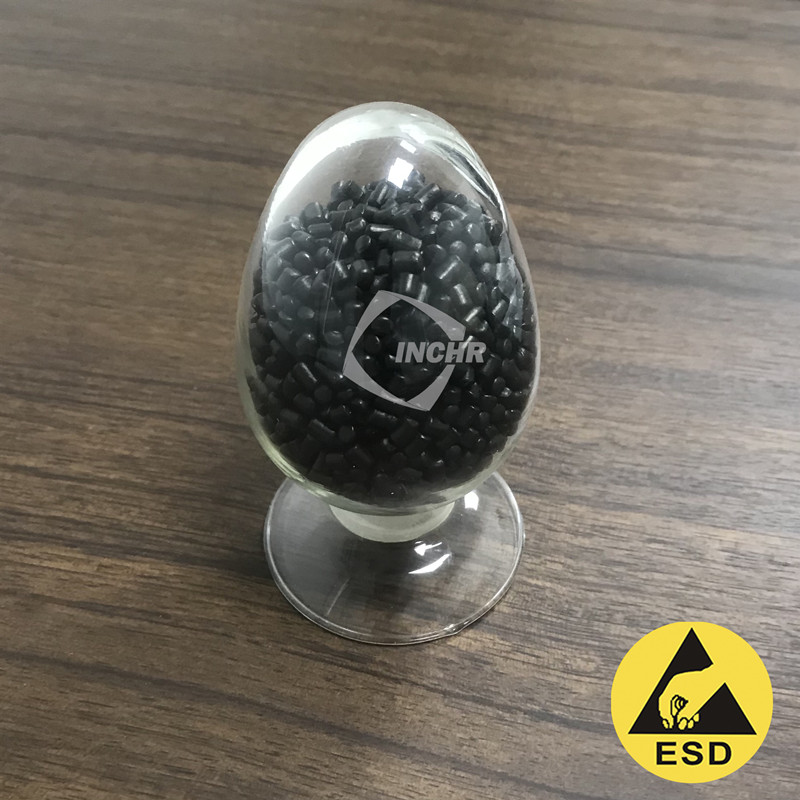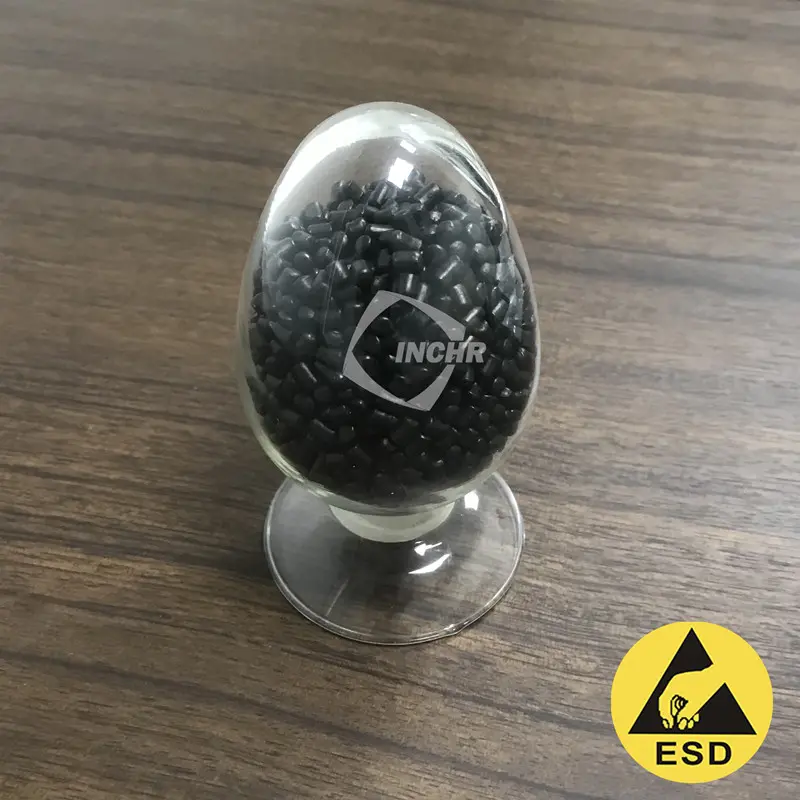Other Modified Plastics
Antistatic grade & electrically conductive grade & EMI shielding grade
ESD-modified plastic is a plastic material that has been specially treated to have electrostatic discharge (ESD) protection properties.
ESD-modified plastics are usually achieved by adding different proportions of permanent antistatic agents or conductive fillers (carbon black, carbon fiber, graphene, etc.) and various resins, using a special blending process. These modification methods can reduce the surface resistance of the plastic, thereby effectively dissipating static charges and preventing the accumulation and discharge of static electricity.
Antistatic-grade modified plastics are usually based on permanent antistatic agents. Polyester, polyether, and nylon copolymer permanent antistatic agents are suitable for different types of resins, have good compatibility, and have a resistivity of 10^9~10^12 Ohms/sq. Conductive-grade modified plastics are usually based on carbon black, carbon fiber, CNT, and graphene as the base material for compounding, with a resistivity of 10^3~10^5 Ohms/sq. Graphene composites have excellent electrical, thermal, and mechanical properties, especially graphene-reinforced nylon and graphene-reinforced PVC are widely used. The resistivity of EMI shielding-modified plastics is 10^-2~10^3 Ohms/sq.
ESD-modified plastics are widely used in electrostatically sensitive fields such as electronics, semiconductors, medical equipment, and aerospace. They are used to produce trays and films for integrated circuits; accessories for electrical appliances or automobiles; plastic products for various processes such as injection molding, extrusion, blown film, and foaming; and are used on various occasions to protect electronic components from electrostatic damage.
Benefits of choosing ESD modified plastics
• Electrostatic dissipation and protection: It has permanent electrostatic dissipation (ESD) and anti-static accumulation functions, which can prevent static electricity from damaging sensitive electronic components, reduce the risk of explosion in flammable environments, and prevent static electricity from blocking material transmission and interrupting mechanical transmission.
• Customizable formula: Different customers, different products, or different parts of the same product have different performance requirements for their resistance value, strength, toughness, heat resistance, impact resistance, etc. Therefore, modified plastics are targeted at customer needs and provide customized materials for them quickly. For example, in the field of home appliances, the shells and internal structural parts of different home appliances have different performance requirements for modified plastics; in the automotive field, different parts of automobiles also require modified plastics with specific properties.
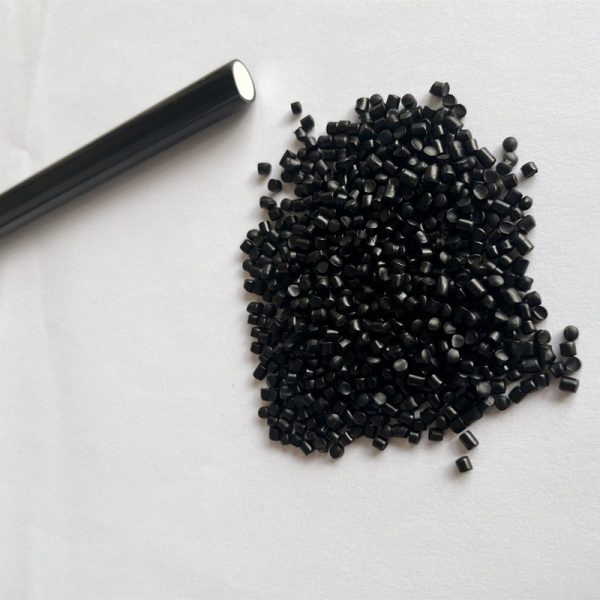
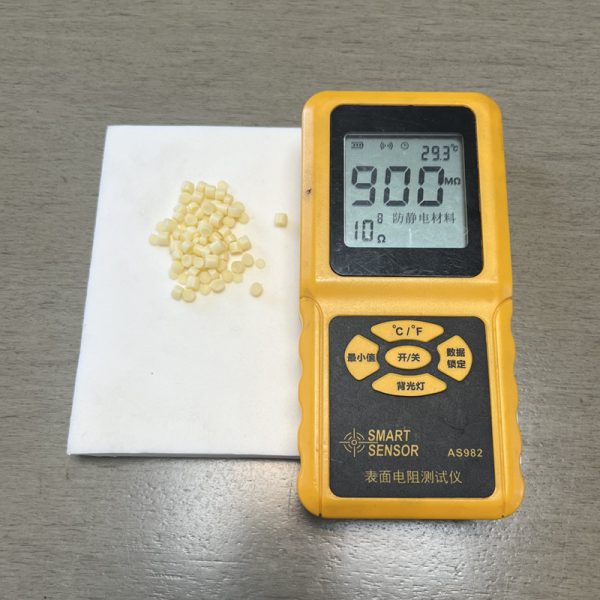
• Lightweight: Compared with metal materials, the final parts are lighter in weight, easier to handle and transport, and reduce transportation costs. Especially carbon fiber-reinforced composites and graphene composites, it is the best choice to replace metal materials.
• Simple processing technology: The plastic processing method is adopted, which is easy to assemble and has a low manufacturing cost. For example, antistatic masterbatch and conductive masterbatch are directly processed after dry mixing.
• Colorable or transparent: Some ESD-modified plastics can be pre-dyed to avoid secondary coloring for identification or aesthetic purposes; some conductive materials are transparent.
• Good overall performance: While retaining the advantages of plastics themselves (such as low density and corrosion resistance), their physical and mechanical properties are improved. For example, graphene composites have higher strength, toughness, wear resistance, and shock resistance.
Different types of ESD modified plastics may have different characteristics and advantages. The specific advantages may also vary depending on the type of modified plastic, modification method, and application scenario. In actual applications, it is necessary to select a suitably modified plastic supplier according to specific needs.

